At 500px amazing photography is at our core, but these photos would not be possible without the talented people behind the lens. The 500px Spotlight series highlights the global and diverse photographers that are part of the 500px Community.
This week we are excited to introduce you to minimalist architectural photographer Ash Camas. This interview is full of tips on how to creatively capture spaces and work with harsh lighting.
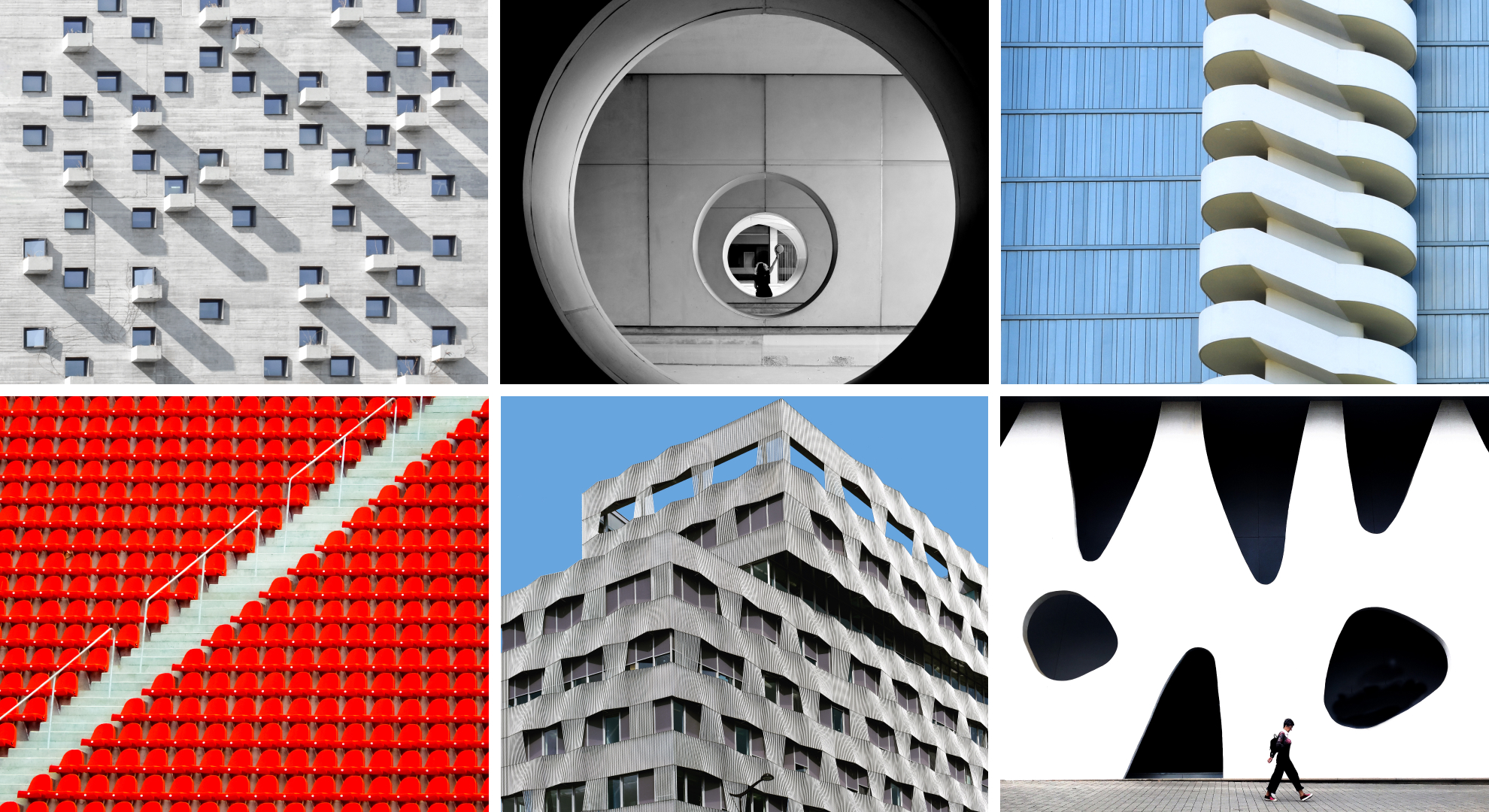
Hi Ash, introduce yourself to the 500px community!
My name is Ash Camas. I am a Minimalist Architectural photographer based in Toronto. Photography started as a hobby about ten years ago, the combination of capturing images and walking is an addiction for me. I carry my camera bag everywhere I go, and while shooting I always listen to music on my headphones since it sparks my creativity. My biggest passion is to travel to big cities around the world and capture as many images as possible.
Your architectural photography has a very minimalist and clean aesthetic. Can you explain your process and how you use color and lines to strengthen your image?
When I choose a structure to shoot, I usually walk around the building and explore certain elements like shapes, lines, eye-catching colors, patterns, details, and shadows. Once I find the unique angles and perspectives, I take multiple shots with different focal lengths and compositions, making sure that I have the right frame, so afterwards I don’t have to lose a big chunk of the photos from cropping.
Most of the time, I know I took the right photo when I was taking it. I do my editing in Photoshop. During post processing the first thing I do is the lens correction and the perspective warp. Then, I play with the contrast, brightness, and colors to try to make the image visually appealing to the eyes of the viewers.
How did you get your start in photography? Did you always lean towards creative outlets?
I am always fascinated by abstract art and artists who create those amazing paintings with geometric shapes, colors, and forms. So, I started taking photos of street art almost ten years ago. I was documenting and posting them on Instagram.
Later on, I experimented with taking architectural and minimalist photos and loved it, and continued taking them. I still have an interest in street art, but consider myself more of a minimalist and architectural photographer.
You also take urban photos, and we’d love to know more of your process there. How do you know when a location has visual potential?
To me, there are several elements that play a big role in Urban Photography. When I look for a location, I make sure that the location is visually attractive. I always try to detect some type of vibrancy in colors, or visually pleasing continuity in any type of geometric patterns. When I find a structure like that, I turn my attention to the composition by using human figures to highlight the scale of the structure, by focusing on vivid colors that complement each other, or patterns to bring a minimalist view to the foreground.
Many of your images don’t seem afraid of harsh lighting—shooting in romantic early morning or evening light is often favored, but your work embraces all varieties of light. What are your tips for working with difficult light scenarios?
I take my photos spontaneously. My polarizing filter helps me to soften the light. If the light is still too strong on the structure, I usually revisit the area another time. Unfortunately, when I am traveling in another country, I generally don’t have enough time to revisit the same area more than once. That forces me to work with the images I took under one lighting condition when I was there. In those cases, I find it easier to correct over or under exposed images with raw photos, so I make sure I take raw photos. Taking raw photos makes it much easier to adjust lighting during post processing.
I also find that the harsh lighting that I use compliments the bright color schemes in my photos. I like when colors are bright and pop out, but I find that softer lighting doesn’t have the same impact. Softer lighting washes out the colors a lot, and doesn’t suit the vivid colors that I like to use.
What are some resources you’d suggest to new photographers? We know inspiration is everywhere, whether a podcast, book, or movie. We’d love to pick your brain for how you find inspiration in unexpected ways!
You can learn the technical aspects and your camera settings through the internet. For example, I learned how to use Photoshop through watching YouTube tutorials.
However, the most important resources for me are the raw images hiding around us and around the urban areas we live in. You just need to keep searching, keep looking up and down, keep checking the streets and alleys where no one ever goes. A lot of my inspiration comes from traveling and exploring new environments. I also find a lot of inspiration through following a variety of photographers on social media.
Outside of photography, it’s just as important for photographers to have hobbies to keep a balance. We’d love to know how you balance the photo bug with other fun activities.
One of my favorite hobbies is hiking, but when I can’t go for a hike, I like to go for walks. When I go for walks, it synergizes with my photography hobby as I can do both at the same time
What brought you to the 500px platform and how have you found the user experience?
Once you get into serious photography and start sharing your images publicly, it becomes very important for photographers to present their work in the highest resolution and quality possible. 500px provides a platform that allows this.
500px also has features to publicize the work of photography through Quests and provides multiple channels on social media. You also have great customer service that supports the photographer.
Do you have a favorite image on your 500px Profile? If so, which one and why?
My favorite photo that I took is “Isolation” because it unintentionally told a story as time went on.
I took that photo in 2019, but looking back on it now two years later, I feel as if it represents how we are all feeling during this pandemic. The photo features a series of empty squares, with one square being occupied by a lonely bird all by himself. I like to use a lot of repetition in my photos, and I was initially trying to capture the repetitive geometry of the building. I didn’t notice the bird until I began to edit my photo, but how it subtly broke up the repetition for a change enhanced the shot. I also feel as if the harsh lighting worked well in this photo, in order to create a more dramatic atmosphere.
Not on 500px yet? Click here to sign up
The post 500px Spotlight with Ash Camas appeared first on 500px.
[NDN/ccn/comedia Links]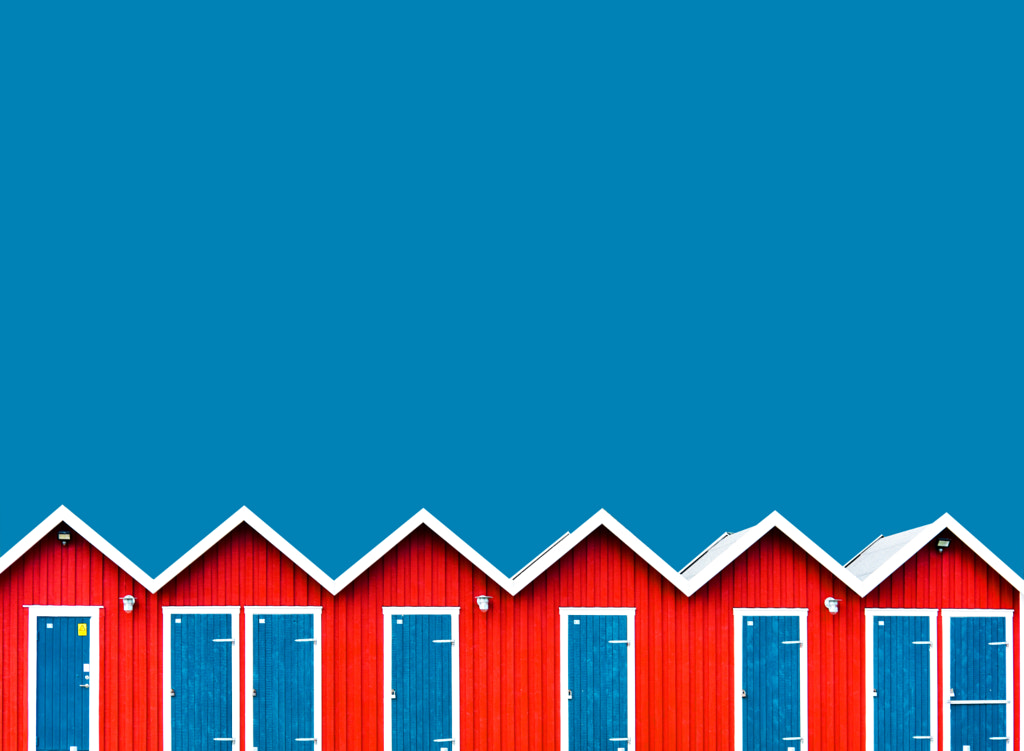

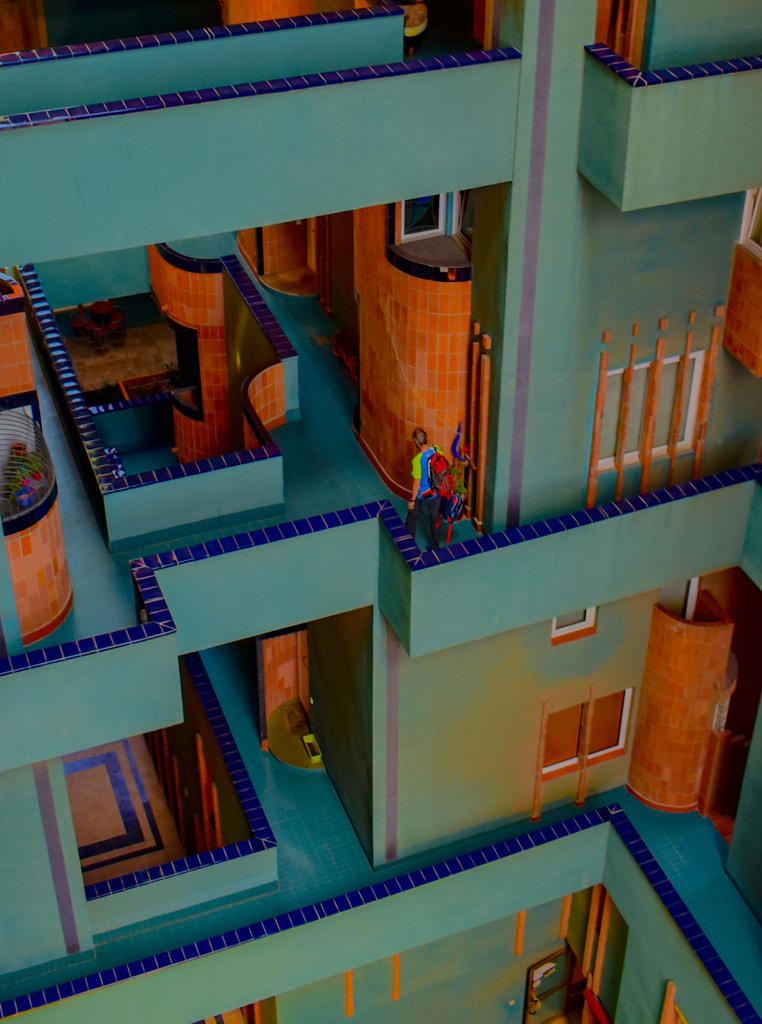
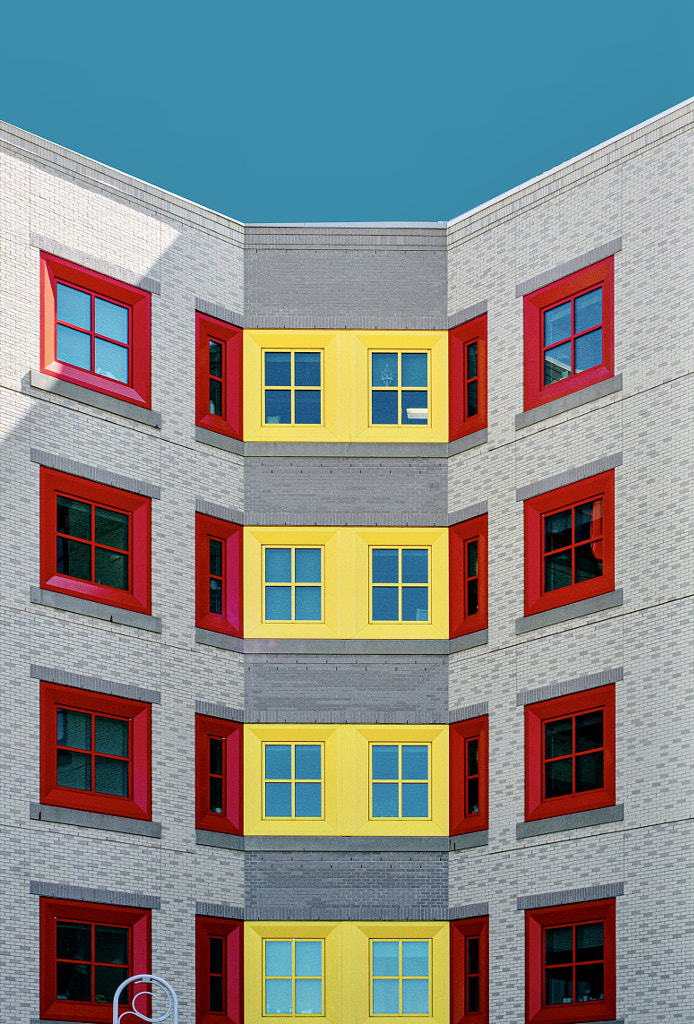
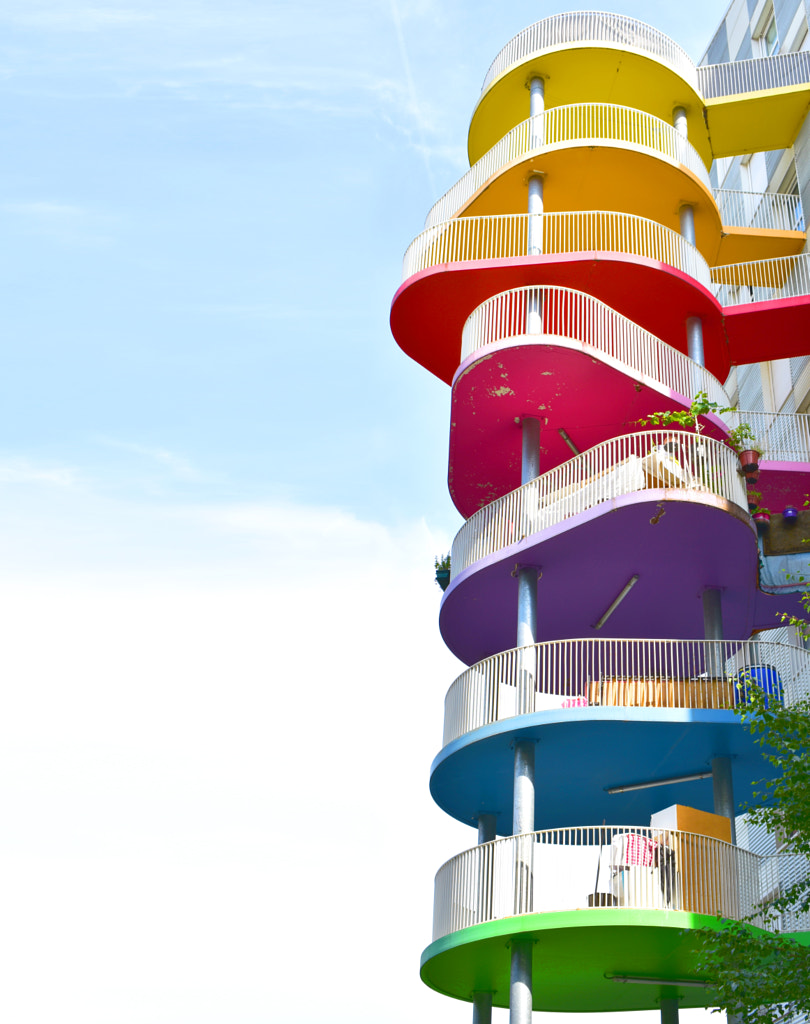
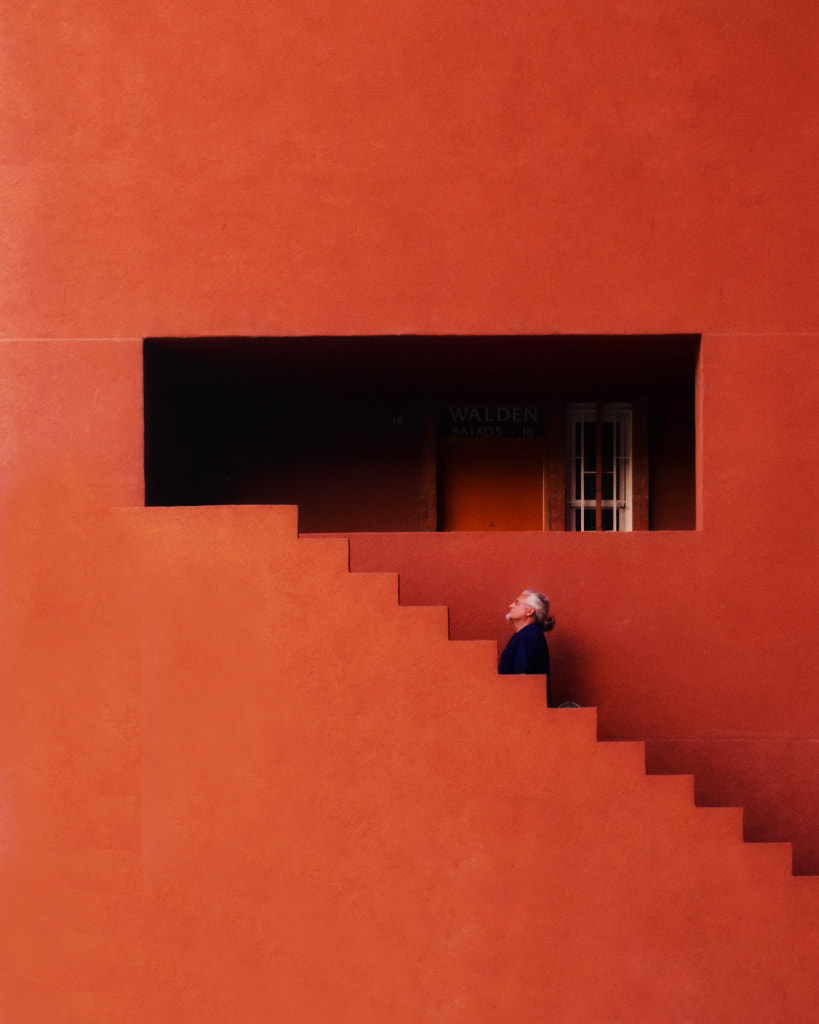
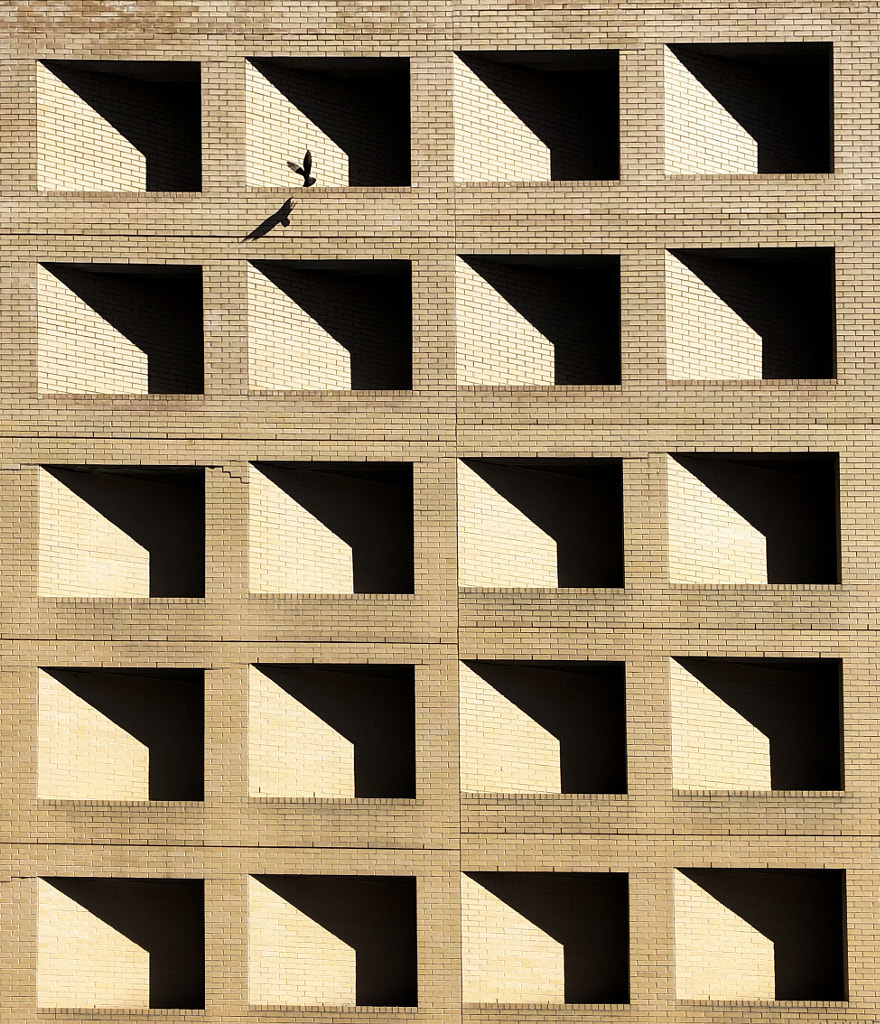
No comments:
Post a Comment